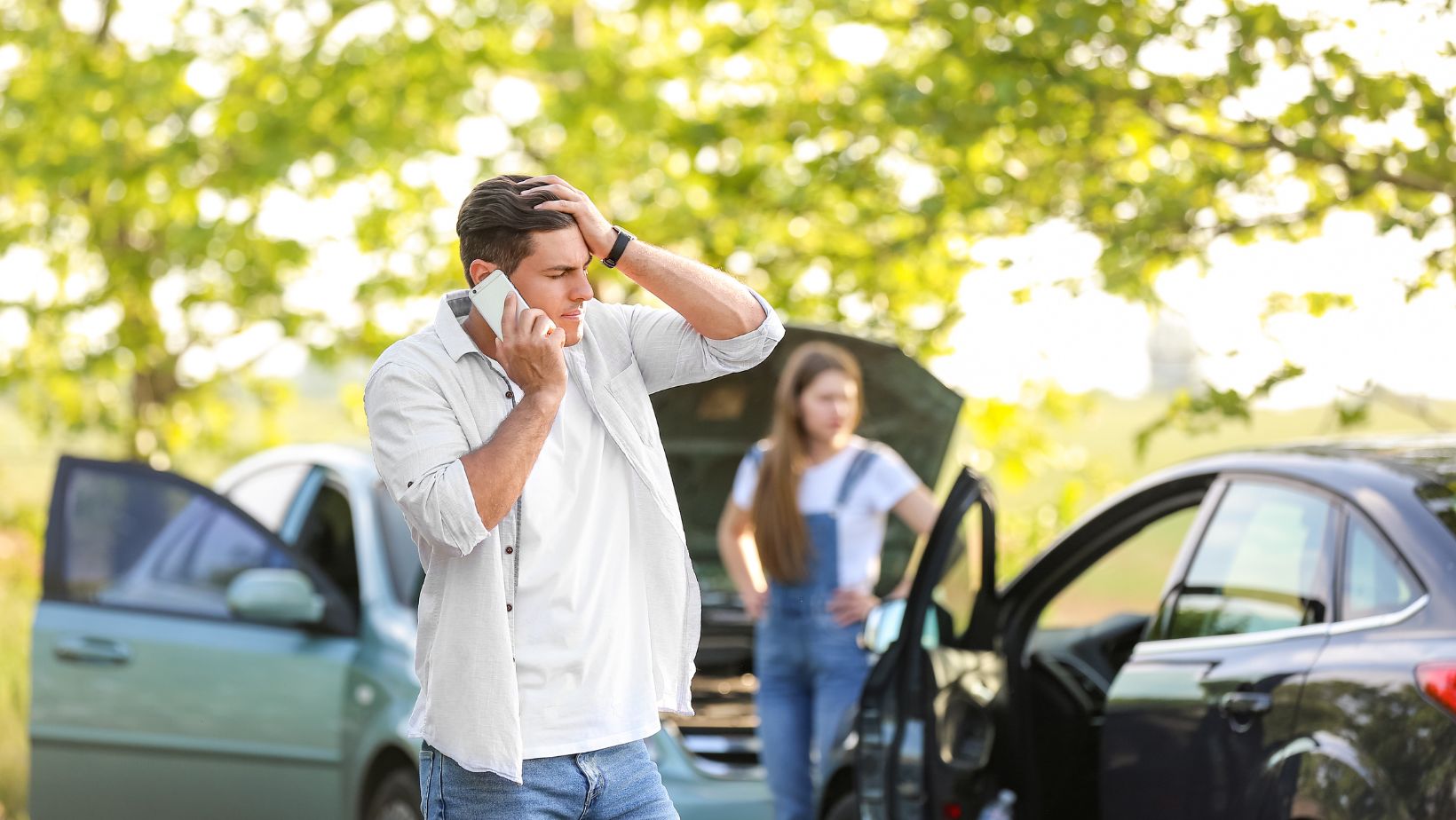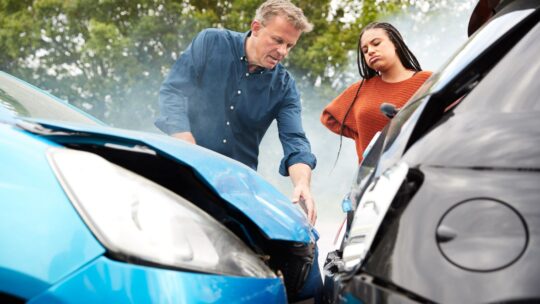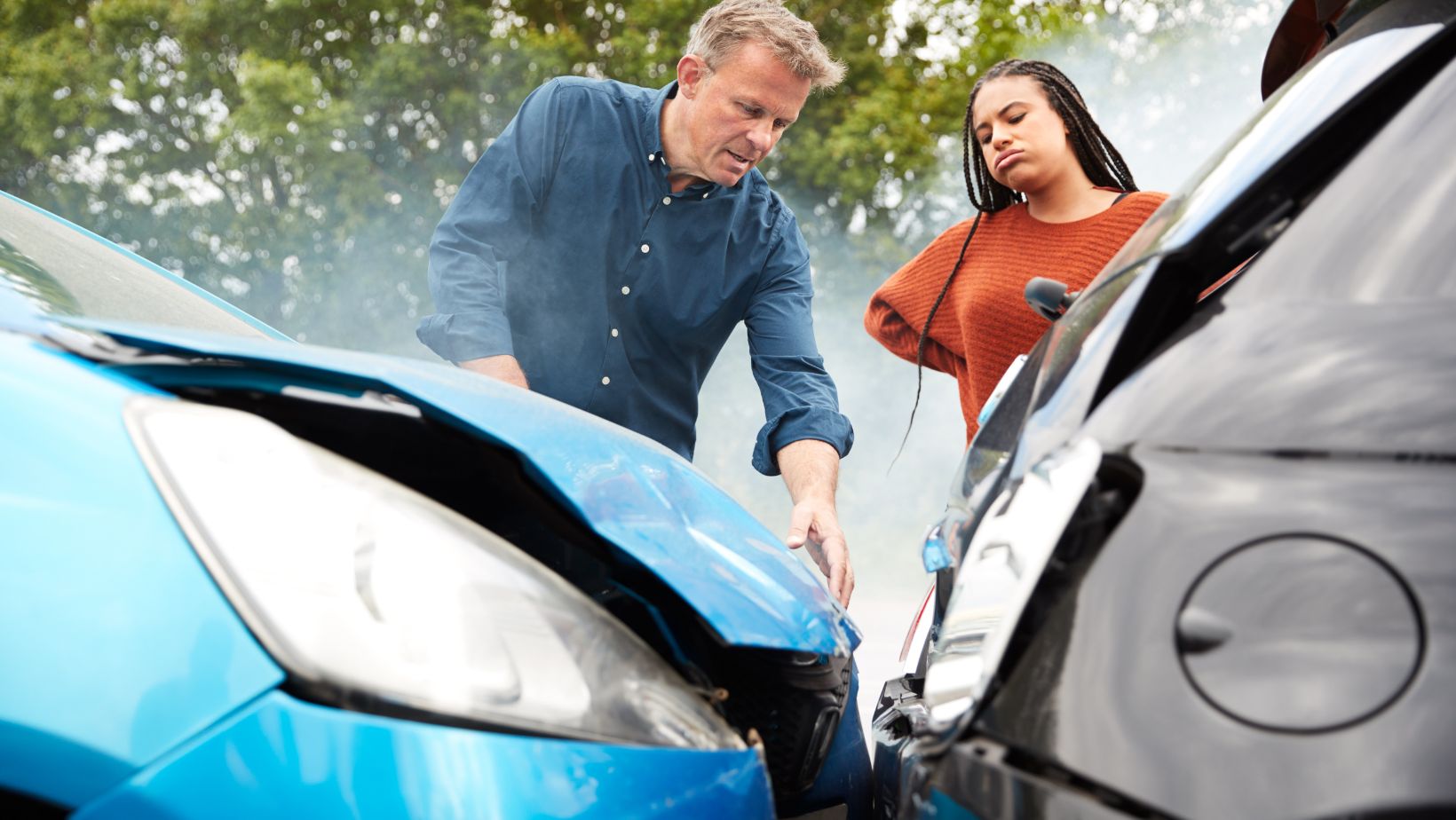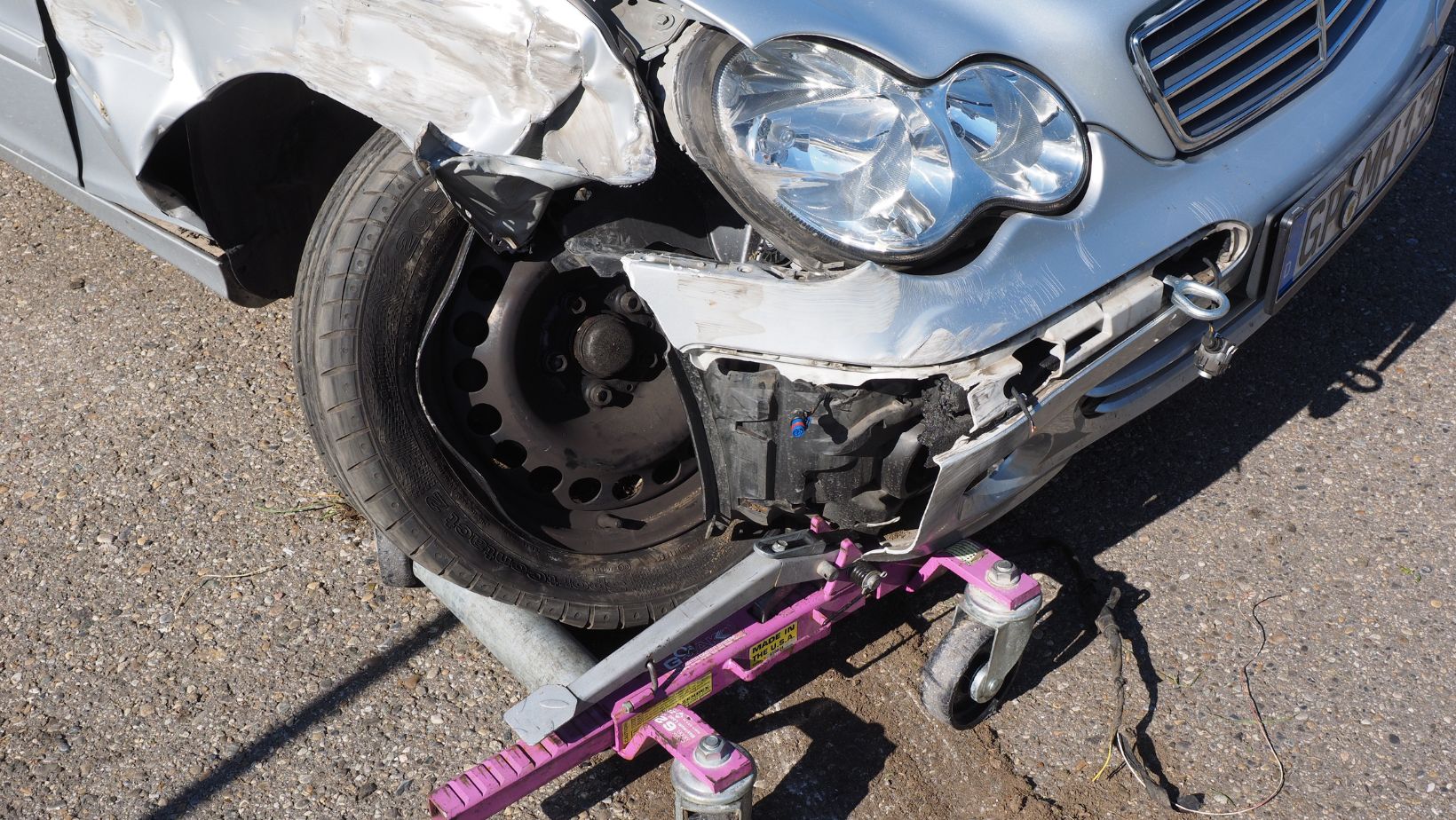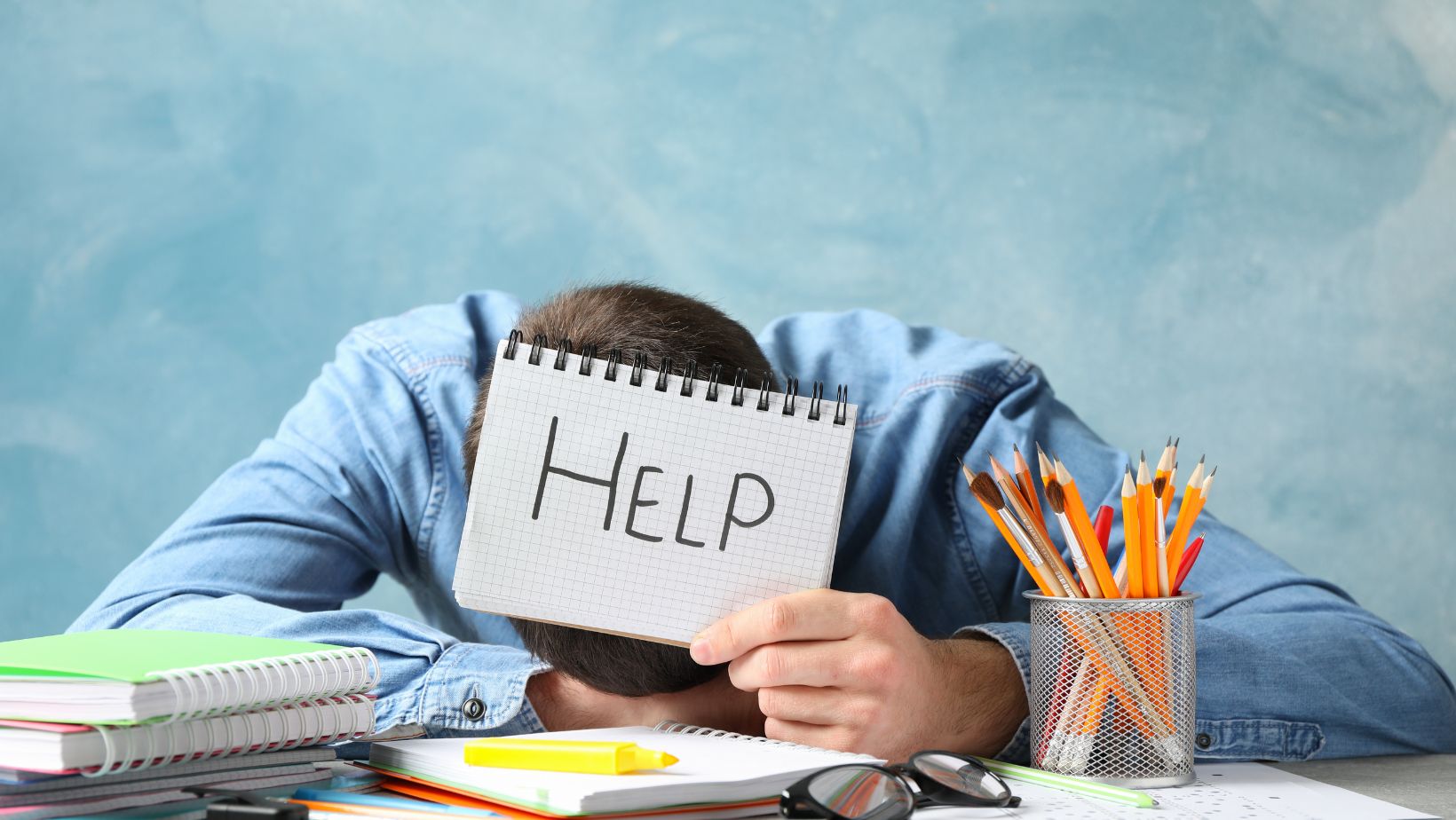
Parenting is a role filled with joy, responsibility, and constant demands. It is also a role that leaves little room for personal care. Many parents, especially mothers, put themselves last on the list, after the kids, work, household duties, and family obligations. Over time this creates stress, exhaustion, and a sense that self-care is a luxury they cannot afford.
The truth is different. Self-care is not selfish and it is not a luxury. It is part of maintaining balance in life. When parents take care of themselves, they gain energy, patience, and confidence that benefits the whole household. The challenge is figuring out how to make self-care realistic on a family budget. Full spa days or frequent high-end treatments may feel out of reach, but many of the principles that make med-spas so restorative can be adapted at home or found at affordable local clinics.
This article explores ways to bring the essence of a med-spa into everyday life without overspending. It offers affordable hacks, routines that borrow from professional treatments, and practical suggestions that work for busy households. It also highlights how local communities, including Southern California, often provide accessible specials and promotions that help parents experience advanced care at a fair cost.
Why Med-Spas Feel Transformative
Med-spas are designed to combine science with comfort. They offer treatments that address skin health, aging, and overall appearance, but they wrap those treatments in environments that soothe the senses. The lighting is soft, the sounds are calming, and the atmosphere is built to make a person feel restored. Parents who walk into these spaces often describe a shift the moment they step through the door.
The appeal is not only about appearance. Med-spa treatments often reduce stress, boost confidence, and create a ripple effect in daily life. That feeling of restoration can inspire parents to make healthier choices, set aside time for themselves, and model balance for their children.
Of course, not every parent has the time or budget to schedule weekly med-spa visits. This is why understanding what makes those experiences powerful is important. Once you know the ingredients, you can recreate them at home or look for accessible community options.
Affordable At-Home Hacks Inspired by Med-Spas
Atmosphere is everything
The first secret of a med-spa is not the machines or products, it is the atmosphere. Parents can borrow this by setting aside a corner of their home as a calming space. Dim the lights, use a diffuser with lavender or eucalyptus oil, and play soft music. Even ten minutes in such an environment can reset the nervous system.
DIY facials with pantry staples
Professional facials use advanced serums and equipment, but simple versions can be done at home. A mask made of yogurt and honey hydrates and brightens skin. A gentle scrub of oatmeal and warm water exfoliates without irritation. These treatments cost only a few dollars and can become weekly rituals.
Cooling and heating therapies
Many med-spas use hot towels or cold rollers to stimulate circulation. Parents can replicate this with a simple washcloth heated in warm water or chilled in the refrigerator. Applying these to the face after a long day refreshes the skin and reduces puffiness.
Mindful breathing

Almost every med-spa visit begins with a moment of stillness. You can create the same effect by practicing mindful breathing at home. Sit comfortably, close your eyes, and inhale slowly through the nose. Hold for a few seconds and then exhale through the mouth. Even two or three minutes of focused breathing lowers stress levels and brings clarity.
Affordable Med-Spa Inspired Products
Not every product on the shelf is worth the cost, but certain budget-friendly items mirror the effectiveness of professional treatments. Sheet masks, jade rollers, and LED light masks are now widely available at affordable prices. Drugstore brands have improved their formulations, offering serums with hyaluronic acid or vitamin C that provide noticeable results. Parents who cannot attend regular professional facials can still build an effective skincare routine at home with a few smart purchases.
The Value of Community-Based Med-Spa Specials
In many areas, especially across Southern California, med-spas frequently offer introductory deals or seasonal promotions that make professional treatments accessible. These specials allow parents to experience advanced care without the full price commitment. For instance, a local clinic might advertise a limited-time Botox special to introduce new clients to injectable treatments at a reduced cost. While not every parent is interested in injectables, these promotions demonstrate how med-spas are reaching out to wider communities, making their services more approachable.
It is worth signing up for newsletters, following local clinics on social media, or joining community forums where these offers are shared. Parents who stay informed can find opportunities to try treatments that once felt out of reach, giving them both results and a sense of indulgence that lifts their spirits.
Simple Rituals That Carry Big Impact
Parents often think that effective self-care requires large blocks of time. In reality, short and consistent practices make the most difference. Here are examples of routines inspired by med-spas that can be done in just a few minutes a day:
- Morning reset: splash the face with cool water, apply a serum, and sit quietly for sixty seconds with eyes closed before the day begins.
- Midday pause: place a cool compress over the eyes while children nap or during a short break from work.
- Evening unwind: after the kids are asleep, apply a simple mask, sip a cup of herbal tea, and read for twenty minutes.
These practices are affordable, repeatable, and effective. They work because they bring intention to daily routines.
Mindset Matters as Much as Method
The emotional shift that happens in a med-spa is partly due to permission. Clients allow themselves to pause. Parents can create the same effect by giving themselves that same permission at home. It does not require a full day off. It requires deciding that ten or fifteen minutes of care is worthwhile.
Children notice this too. When they see their parents valuing balance, they learn that self-care is part of a healthy lifestyle. In this way, small practices benefit the whole family, not just the parent.
Affordable Ways to Sample Advanced Treatments
Even with a tight budget, there are strategies to experience professional care. Many med-spas offer first-time client pricing. Some bundle services together in membership packages that reduce the cost per visit. Others introduce seasonal promotions called med spa special events, where treatments are offered at community-friendly prices.
For parents, these options can be a bridge between simple home care and more advanced treatments. Booking one or two professional sessions a year, when a special makes it affordable, can create long-lasting results. These visits can also teach parents about their skin, providing guidance they can apply in at-home routines.
Southern California as a Case Study
Southern California has become a hub for med-spa culture. The lifestyle here is built around sun, outdoor living, and an appreciation for wellness. At the same time, families in the region face the same time and budget pressures as parents everywhere. This has led local clinics to develop creative promotions and hybrid care models. Some offer quick lunchtime facials at lower prices. Others promote community events that combine education with affordable treatments.
Parents in Southern California often share recommendations in neighborhood groups, turning self-care into a community conversation. This shows how med-spas are evolving into approachable resources rather than luxury-only destinations. The lesson applies everywhere. By paying attention to local offers and choosing wisely, families can access treatments that once felt reserved for a privileged few.
A Balanced Approach to Beauty and Wellness
Beauty and wellness are often presented as separate goals. In truth they are intertwined. Parents who feel healthy radiate confidence, and skin that is cared for looks more vibrant. Med-spas recognize this link and design treatments that serve both purposes. Parents can take inspiration from this by combining physical care with emotional care. A mask and a book. A stretch and a glass of water. A walk in nature followed by a few minutes of mindful breathing.
Balance is the thread that runs through every effective self-care practice. It is what keeps parents resilient and families strong.
Final Thoughts
Self-care will always require intention, but it does not have to require extravagance. Parents can create med-spa inspired experiences at home with simple products and practices. They can take advantage of community promotions to access professional treatments without overspending. They can use self-care as a model for their children, showing that balance and wellness are part of a healthy family culture.
When self-care meets budget care, the result is not compromise. The result is creativity. It is finding ways to refresh and restore within the rhythms of family life. Whether it is discovering a local Botox special, enjoying the benefits of a med spa special, or simply dimming the lights and breathing deeply for a few minutes, parents can claim moments of care that strengthen both body and spirit.
The fashion industry may spotlight glamour, but real beauty for parents shines when they feel balanced, calm, and confident. Affordable med-spa inspired hacks bring that glow within reach for every household.








 When considering an electric bike for family outings, safety, comfort, and versatility are paramount. The
When considering an electric bike for family outings, safety, comfort, and versatility are paramount. The 










